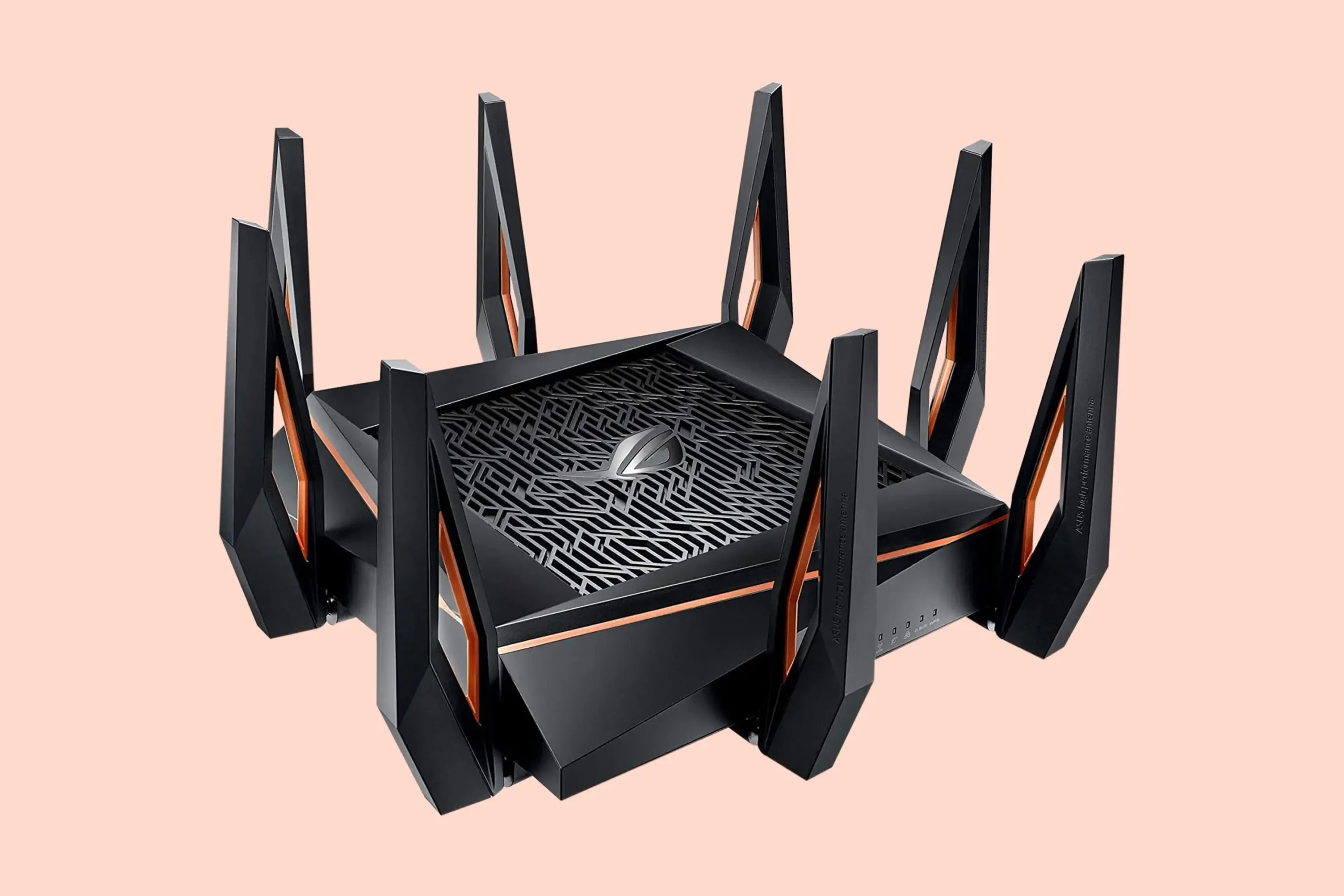Understanding WiFi Routers: The Heart of Your Home Network

In today’s digital age, having a reliable internet connection is essential. Whether you’re streaming your favorite shows, working from home, or gaming online, the device that makes it all possible is your WiFi router. This blog will explore the ins and outs of WiFi routers, helping you choose the right one and optimize your home network for the best performance.
What is a WiFi Router?
At its core, a WiFi router is a device that allows multiple devices to connect to the internet wirelessly. It serves as a hub that connects to your modem—often provided by your Internet Service Provider (ISP)—and broadcasts a wireless signal that devices like smartphones, tablets, laptops, and smart TVs can connect to.
The Basic Functionality
A WiFi router performs several critical functions:
- Routing Data: It directs data between your devices and the internet.
- Network Management: It manages traffic, ensuring that all connected devices can communicate without interfering with each other.
- Security: Most routers come with built-in security features, including firewalls and encryption, to protect your network from unauthorized access.
Types of WiFi Routers
Choosing the right WiFi router can significantly impact your internet experience. Here’s a breakdown of the main types of routers available today:
1. Single-Band Routers
These routers operate on a single frequency band (2.4 GHz). They are typically less expensive and can cover larger distances but are slower compared to dual-band routers. Single-band routers are suitable for basic internet usage like browsing and checking emails.
2. Dual-Band Routers
Dual-band routers can operate on both the 2.4 GHz and 5 GHz bands. The 5 GHz band offers faster speeds and is less congested, making it ideal for high-bandwidth activities like streaming and gaming. These routers are versatile and can accommodate various internet needs.
3. Tri-Band Routers
Tri-band routers add an additional 5 GHz band, providing even more bandwidth and allowing multiple devices to connect without experiencing lag. This option is excellent for larger homes with many connected devices, but it can be more expensive.
4. Mesh WiFi Systems
For larger homes or spaces with WiFi dead zones, mesh WiFi systems are a great solution. They consist of multiple nodes that work together to blanket your home in WiFi coverage, providing a seamless connection no matter where you are.
Key Features to Consider
When shopping for a WiFi router, consider the following features to ensure you get the best performance for your needs:
1. Speed
Look for routers that support the latest WiFi standards (WiFi 5 or WiFi 6). WiFi 6, in particular, offers faster speeds and better efficiency, especially in environments with many devices.
2. Range
The coverage area is crucial, especially in larger homes. Check the manufacturer’s specifications for range and consider the layout of your space when choosing a router.
3. Security Features
Ensure that your router supports WPA3 encryption for enhanced security. Some routers also offer features like automatic firmware updates, guest networks, and built-in VPN support.
4. Ease of Use
Consider routers with user-friendly interfaces or mobile apps for easy setup and management. Features like parental controls and network monitoring can also enhance your experience.
Setting Up Your WiFi Router
Setting up a WiFi router may seem daunting, but it can be straightforward if you follow these steps:
- Connect to Your Modem: Use an Ethernet cable to connect the router to your modem.
- Power Up the Router: Plug it in and power it on.
- Access the Router’s Interface: Use a web browser to access the router’s configuration page, usually found at a specific IP address (check the manual).
- Configure Your Settings: Set up your WiFi name (SSID) and password. Adjust any additional settings based on your needs.
- Connect Your Devices: Once your network is set up, connect your devices using the WiFi credentials you created.
Troubleshooting Common Issues
Even the best routers can encounter issues. Here are some common problems and quick fixes:
- Slow Speeds: Restart your router and check for firmware updates.
- Connection Drops: Move the router to a more central location and reduce interference from walls or appliances.
- No Internet Access: Check your modem connection and restart both the modem and router.
Conclusion
In a world increasingly reliant on the internet, understanding WiFi routers is essential for maintaining a robust home network. By choosing the right type of router, considering important features, and properly setting it up, you can ensure a fast, secure, and reliable internet connection for all your devices. Whether you’re working, streaming, or gaming, the right WiFi router can make all the difference in your online experience.



